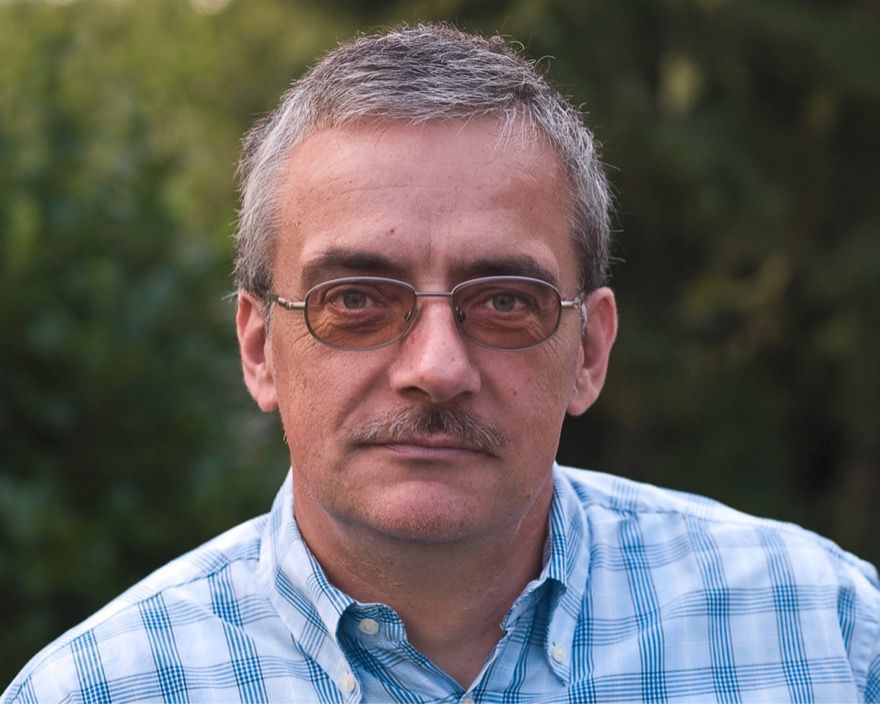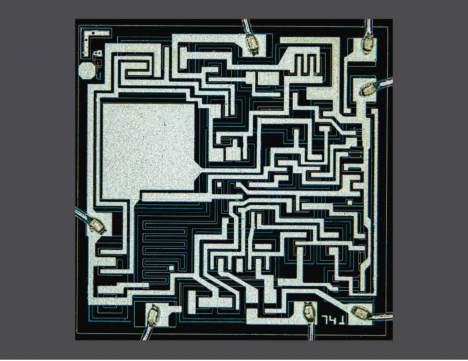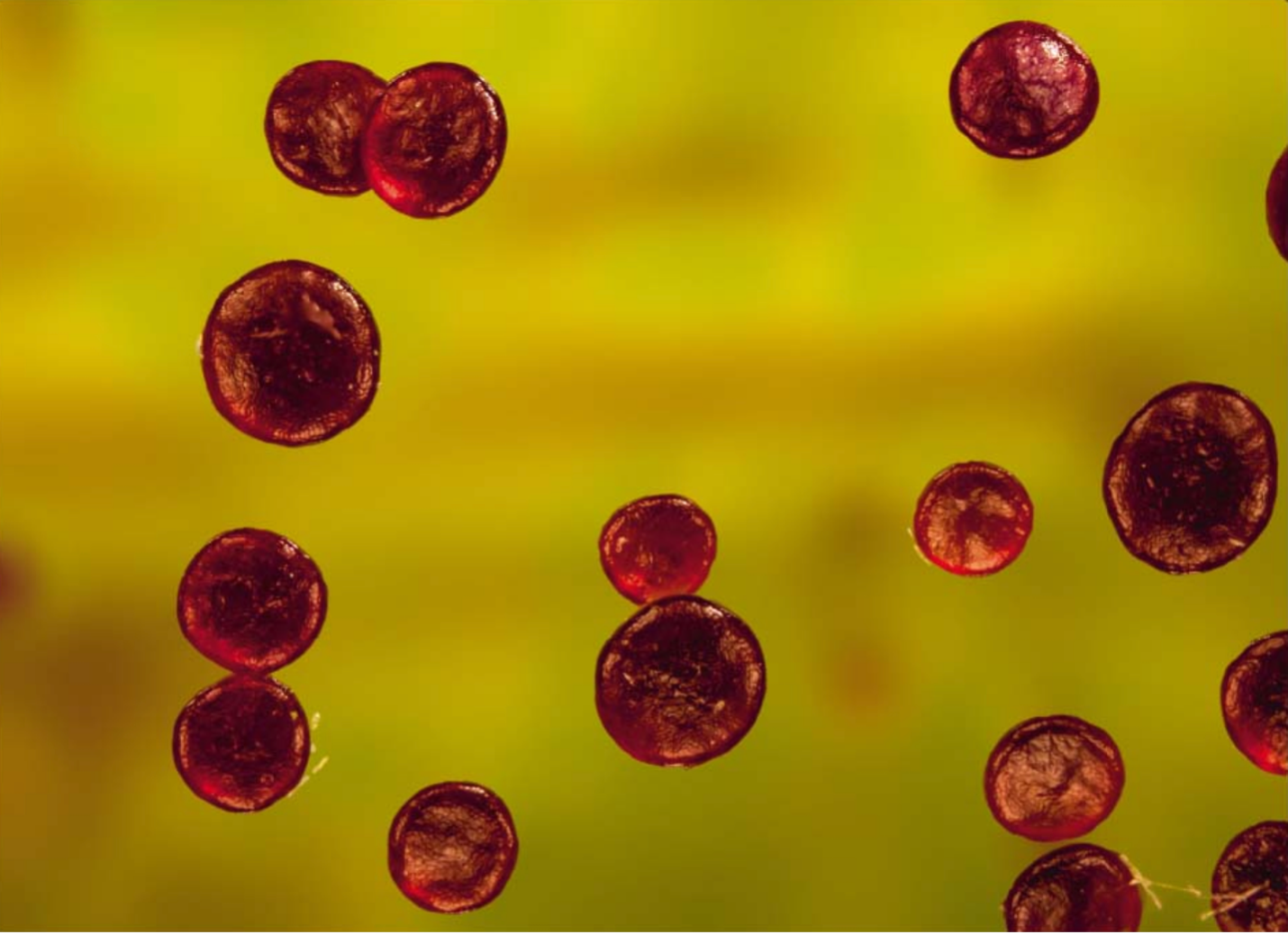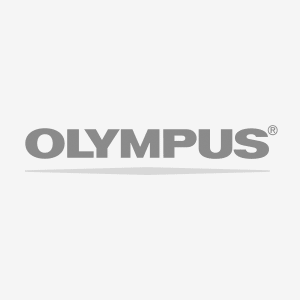A reminder that all living things are connected
In working with horses every day as a full-time farmer, Gerd Günther understands the importance of respect between humans and horses—and the deep connections that can be formed between horse and rider. He also knows that, although we may appear very different physically, the biological makeup of both mammals is more similar than it is different.
Our biological connection to horses, and all mammals, becomes much more evident as we look at physical samples under the microscope. As we gaze upon a human hair and a horsehair, for instance, we see that there are very similar details in the morphology of both. The structure of the hair, including keratin scales, is really no different. To Günther, this similarity in structure serves as a reminder that all mammals, and all creatures, are worthy of respect and compassion, as we are all more closely connected than we may first think.
Günther, of Germany, was selected as Evident’s 5th Annual Image of the Year Award materials science winner for his compelling image of a human hair knotted with a horsehair. In recognition of his winning entry, Günther received an Olympus SZ61 stereo microscope.
Congratulations on being named our materials science winner! What does your winning image show us?
My image shows a horsehair onto which a human hair has been knotted, created using brightfield illumination.
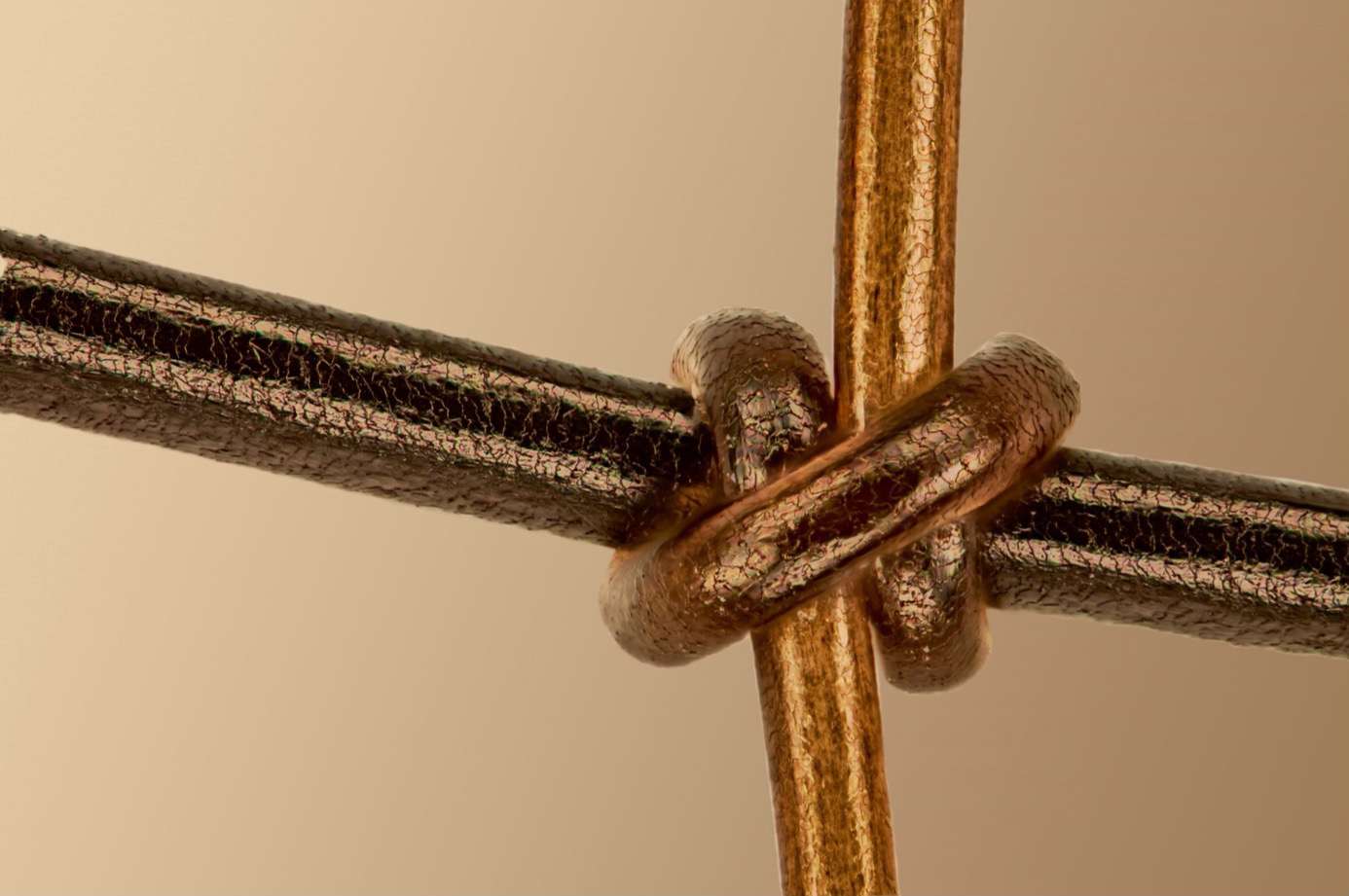
Evident Image of the Year Materials Science winner: Human hair (vertical) knotted onto horsehair (horizontal). Captured by Gerd Günther of Germany.
What did you find personally exciting about this image?
Firstly, it is the difference in thickness of the two different hairs that is shown here. It can also be seen that the structure of the hair, including keratin scales, does not show any differences. After all, it is a symbol of the close bond between a person and their horse.
How did you create this image?
The image was taken on an Olympus BX51 microscope, magnification 150x, illumination incident light brightfield.
How did you find the horsehair sample you used to create this image?
I work with horses every day and I was interested in the difference in strength and appearance between human hair and horsehair.
Did you face any challenges when creating this image?
The most difficult problem was creating this special knot of human hair on the horsehair. It took me a lot of patience and several attempts before I was satisfied with the result.
Why did you choose this image as your entry for the competition?
It not only contains a documentary component, but for me it also has an emotional component that represents the friendship between humans and animals.
Is there a message inspired by this image?
The message is the emotional relationship between humans and animals, but also the close relationship between all mammals, recognizable by very similar details in the morphology of their hair. To summarize, we should show equal respect to all creatures on earth.
Self-taught in microphotography, Gerd Günther captured his winning image by carefully knotting together a human hair and a horsehair, creating a symbolic union between man and animal.
Where and when did you first learn to use a microscope? Do you have a scientific background?
I first came into contact with microscopy when I was at school in the 1970s. I was later able to significantly expand my knowledge while studying agricultural sciences.
When did you become inspired to use microscopes to create art? What first inspired you?
Immediately after my experiences at school and my first microphotographs—at that time still on black and white film—I became enthusiastic about the strangely unknown and yet familiar structures and learned to appreciate their aesthetic qualities.
How long have you been creating art with a microscope?
I would say intensively since the availability of digital camera systems, around the turn of the millennium, 1999 or 2000.
Integrated circuit, operational amplifier built in 1974. Captured by Gerd Günther.
What do you find most fascinating about microscopy?
The opportunity to constantly discover new structures, shapes, life forms and colors without having to travel long distances.
Where do you think this fascination stems from?
From never-ending curiosity about nature and the fascinating but often invisible treasures it has to offer.
Stem hairs of Sonchus asper, top view of hair heads. Captured by Gerd Günther.
What do you do professionally?
I work as a self-employed farmer. In addition to my profession as a farmer, I also work as a freelance photographer in the field of photomicrography.
Does your professional work in imaging intersect with your own artistic work?
Yes, there is definitely a lot of overlap. However, there’s also a constant passion that drives me.
What kind of experience do you have with Evident and Olympus microscopes?
I myself use an Olympus BX51 for the field of materials science and am impressed by its expandability and extremely modular design.
